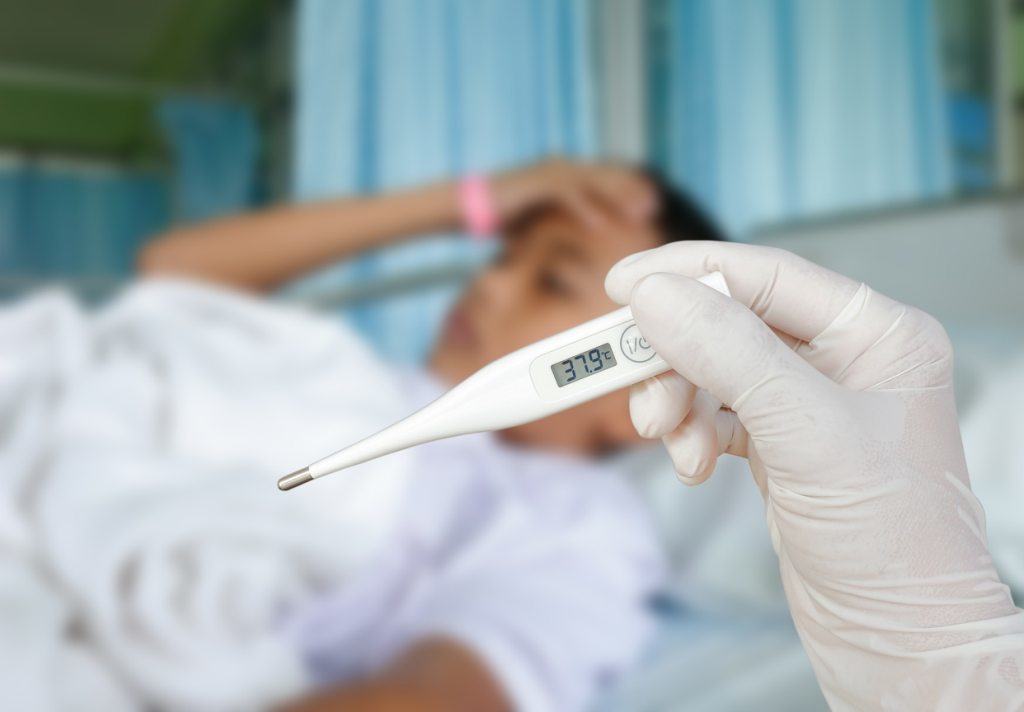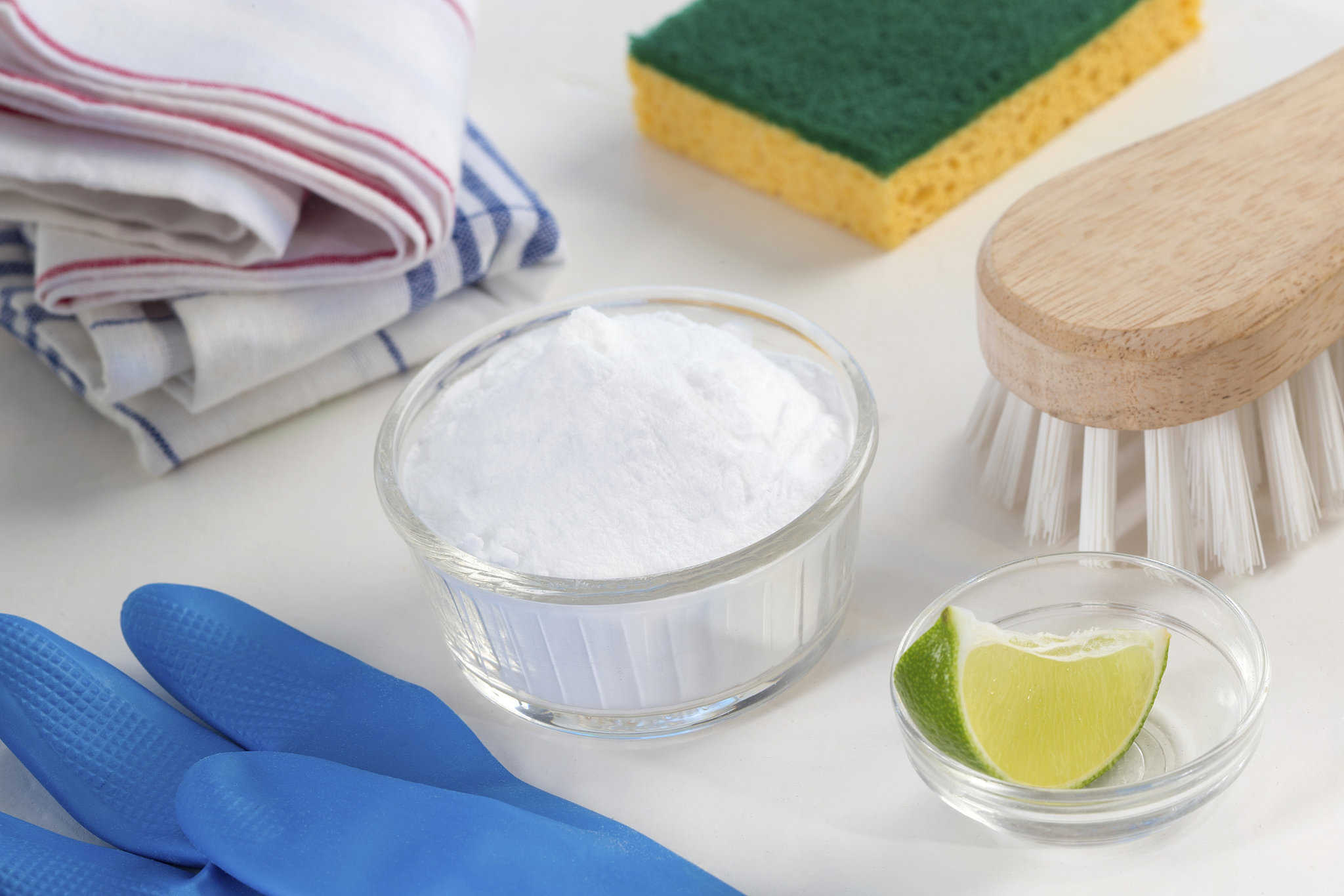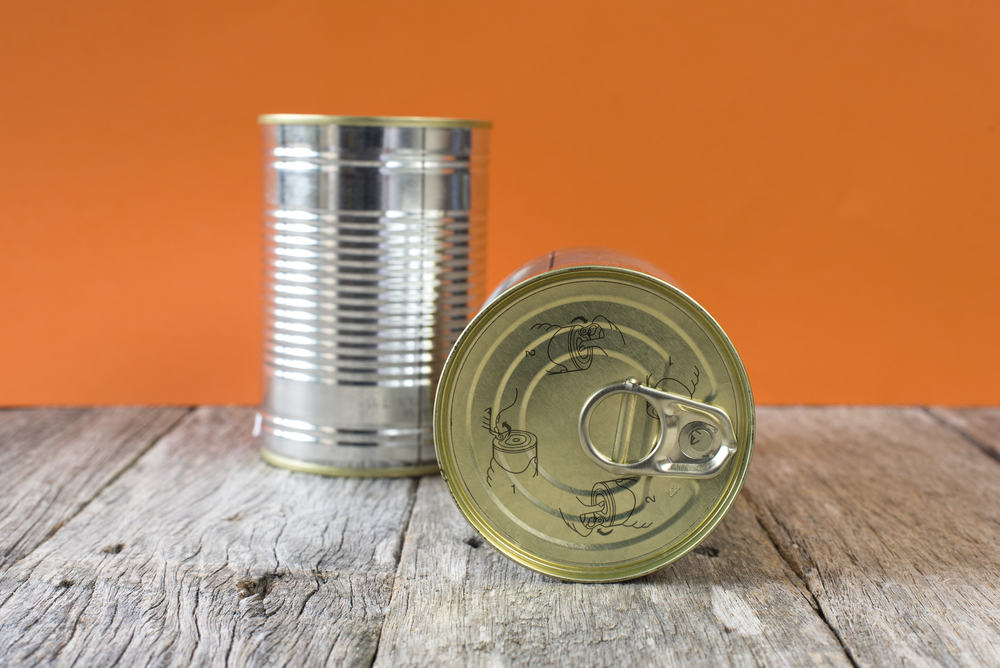Contents:
- Medical Video: Chikungunya: the virus that bends up
- What is bone flu and what is the cause?
- Bone flu cases in Indonesia
- What increases my risk of getting this disease?
- What are the symptoms of bone flu to watch out for?
- Distinguish symptoms of bone flu and dengue fever
- How to diagnose bone flu?
- What are the treatment options for this disease?
- Is there a vaccine to prevent this disease?
- So, how to prevent this disease?
Medical Video: Chikungunya: the virus that bends up
Have you ever felt a cold, but what really hurts is actually your bone area? Maybe you have bone flu, or also known as Chikungunya. The virus that causes bone flu is transmitted through the bite of an infected mosquito.
What is bone flu and what is the cause?
Bone flu is another name for Chikungunya disease. This disease is caused by a type of Chikungunya virus from the genus Alphavirus and Togaviridae family. This virus spreads to humans by the bite of a female mosquito Aedes aegypti or Aedes albopictus infected. Both are mosquitoes carrying the dengue virus, which causes dengue fever (DHF). That is why, a person can be infected with Chikungunya and DHF at the same time.
Chikungunya is from the Swahili language, which means it describes the symptoms of bone flu experienced by the sufferer, which makes the sufferer in a twisting or bending position due to severe joint pain. From other sources mention that Chikungunya comes from the Makonde language which has an upward curved meaning. This condition refers to a hunchbacked body because of the symptoms of bone flu that causes sufferers to experience joint pain.
Mosquitoes that cause bone flu usually bite most often during the day when people are doing activities. But in some cases, mosquitoes that cause bone flu can also infect at night.
Chikungunya virus rarely spreads from mother to baby around the time of birth. The process of breastfeeding is also known to not transmit the virus of this disease.
Bone flu cases in Indonesia
The Chikungunya virus was first identified during the outbreak in 1952 in the Newala region of Tanzania. Then this disease spreads toAfrica, Asia, Europe, and in Indian and Pacific waters.
However, the virus that causes bone flu is still uncertain when it first spread to Indonesia. Quoted from the Research and Development Journal of the Ministry of Health of the Republic of Indonesia, it is known that chikungunya disease was reported for the first time in Samarinda in 1973. In early 2001, Chikungunya fever outbreaks occurred in Muara Enim, South Sumatra, and Aceh.
This disease affects people in all age groups and sexes. Compared to DHF, chikungunya disease is relatively harmless and life threatening. Even so, this disease still requires proper treatment to accelerate the recovery of sufferers.
What increases my risk of getting this disease?
There are many risk factors that can cause bone flu. Some of them include:
- Living in a tropical country
- Travel to the area affected by the outbreak
- Living in an environment with poor hygiene or sanitation
What are the symptoms of bone flu to watch out for?
Center for Disease Control and Prevention (CDC) explains that the most typical symptoms of bone flu are fever and pain in the joints, especially the knee, wrist, toes and hands, and the spine. Fever from bone flu symptoms usually ranges from 39-40 degrees Celsius, but without a typical pattern as in DHF. In addition, the patient's skin will also show redness or rashes during fever, red eyes, flu symptoms, often accompanied by seizures, nausea, vomiting, headaches, and sometimes also accompanied by diarrhea.
Chikungunya virus or bone flu usually has an incubation period of 2-4 days, while symptoms occur between 3 to 10 days after the bite of an infected mosquito. In some cases, someone who is infected may not experience the symptoms of bone flu as mentioned above at all.
Paralysis can occur in cases of severe chikungunya fever and is not handled properly. Even so, this paralysis is only temporary as an effect of the proliferation of viruses in the blood that cause pain in the bones and around the joints. As a result, you become difficult to move the body, so it feels like paralysis.
In detail, some of the things you should know about the symptoms of bone flu are:
- Most people who are infected will show symptoms of bone flu as mentioned above.
- Symptoms of bone flu usually begin 2-4 days after being bitten by a virus carrying a mosquito.
- Although it usually does not cause death, the symptoms can be very severe, even disabling. Even so, this paralysis is only temporary.
- Most patients feel better in a week. In some people, joint pain can continue to be felt for several months.
- The most vulnerable to bone flu are people with weak immune systems, such as newborns, the elderly, and people with medical conditions such as high blood pressure, diabetes, or heart disease.
- People who have been infected will be protected from subsequent infections.
Some other symptoms or signs may not be listed or have not been mentioned. If you feel anxious about the symptoms of bone flu as mentioned above, immediately consult your doctor. The doctor will conduct a series of physical examinations and other supporting tests to find the cause of the disease you are experiencing.
It should be understood that Chikungunya disease rarely causes fatal and life-threatening complications. However, the symptoms of this disease may be disruptive and can take several days to heal. Therefore, proper and fast handling is needed so that the healing process of patients can run more optimally.
Distinguish symptoms of bone flu and dengue fever
Some people infected with the virus that causes bone flu are often misdiagnosed with dengue hemorrhagic fever (DHF). Because the symptoms of bone flu and dengue are almost the same. Because often the diagnosis is wrong, the patient does not get the right treatment.
Although bone flu and dengue fever are caused by the same type of mosquito, the cause of the virus is different. Chikungunya aka bone flu caused by the Chikungunya virus, while DHF is caused by the Dengue virus. In addition, both of these diseases actually have typical symptoms.
The typical symptom of dengue is high fever reaching 40 degrees Celsius. The cycle of dengue fever is generally patterned to resemble the shape of a horse saddle. Symptoms of DHF are also usually accompanied by the appearance of red spots on the underside of the skin that occur due to bleeding and when pressed, the red spots do not fade. In addition to red spots, people affected by dengue also often experience nosebleeds and mild bleeding on the gums.
While symptoms of bone flu in addition to fever and a reddish rash, other distinctive signs are line pain or aches in the joints. People who are infected with this disease usually experience intense pain or pain in the muscles and joints due to enlarged lymph nodes. That's why chikungunya is often referred to as bone flu because this disease affects the joints of sufferers.
How to diagnose bone flu?
Symptoms of Chikunganya fever are very similar to other diseases such as dengue and Zika. As a result, physical diagnosis is considered inaccurate to detect the cause of certain diseases. That is why, the only way to make sure the fever you experience is a symptom of bone flu is to do a blood test.
So, if you have a high fever that has been going on for more than three days, immediately have a blood check in the nearest laboratory. By carrying out a blood check, it will be known exactly what disease you are experiencing.
However, this examination will work effectively if the high fever that you experience has lasted two to three days. The reason, a fever that only lasts one day can not be known what the underlying cause.
What are the treatment options for this disease?
There is no specific medicine to treat bone flu, aka Chikungunya. Existing treatment aims to reduce symptoms of fever. If you experience Chikungunya fever, the doctor will usually recommend complete rest (bed rest) and drink plenty of fluids to avoid dehydration, and avoid mosquito bites.
To relieve symptoms of joint pain and fever, your doctor may prescribe several drugs, including:
- Naproxen
- Ibuprofen
- Acetaminophen
You may not take other drugs without the doctor's permission, especially aspirin and anti-steroidal drugs (NSAIDs). If you are using other drugs for other medical conditions, talk to your doctor before using additional drugs. For pain that doesn't heal, physiotherapy may be needed.
Bone flu is one of the most common diseasesself limiting diseasealias can heal by itself. The incubation period occurs about two to four days, while symptoms can be felt between three and ten days.
The virus that causes bone flu is rarely fatal, but the symptoms can be severe and disabling. Most patients recover from fever in a week. Unfortunately, the symptoms of joint pain can last for months, or even years. About 20 percent of patients report recurrent joint pain.
Death from complications of this disease is also very rare, but the virus can sometimes cause serious problems. Especially experienced by the elderly who have a history of chronic diseases such as high blood pressure (hypertension), diabetes, or heart disease.
Is there a vaccine to prevent this disease?
Unfortunately, until now there is no vaccine at all to prevent the occurrence of chikungunya disease or bone flu. Even drugs that do not treat the virus do not yet exist. In general, bone flu is one disease that is rarely fatal. As long as it is treated in the right way.
So, how to prevent this disease?
One of the most effective and simple prevention methods that are not affected by bone flu is to use mosquito repellent drugs. The reason, the main transmission of bone flu is with mosquito bites. That is why the best prevention method is to reduce contact with mosquitoes.
The steps that can be taken to prevent bone flu are:
- Use insect repellents containing DEET (N, N-Diethyl-meta-toluamide) or picaridin on body parts that are not covered by clothing.
- Use mosquito netting. Mosquito gauze is useful to prevent the entry of mosquitoes from outside the home. You can install this mosquito net on your door and window.
- Wearing clothes and trousers that cover the entire body.
- Avoid doing activities outside the room in the afternoon and evening.
- Use products containing lemon eucalyptus oil or PMD (p-Menthane-3,8-diol).
- Make sure your house has good air circulation and lighting.
- If necessary, you can also use air conditioning to prevent mosquitoes from entering and breeding in your room.
- Besides usinglotionmosquito repellent, using mosquito nets while sleeping can also help avoid mosquito bites and prevent this disease. This is because mosquitoes cause active bone flu at night until dawn.
- Avoid traveling to areas that are experiencing an outbreak of bone flu aka Chikungunya.
- Spraying or fogging in the environment around your home to prevent mosquito larvae causing bone flu to multiply.
- Clean the bath at least once a week. Because the water is the most preferred breeding ground for mosquitoes that cause bone flu. Cleaning your bathtub at least once a week can break the life cycle of the mosquitoes that cause Chikungunya.
- Pay attention to your household furniture that holds water. Water basins, flower vases, buckets, and other containers that can hold water have the potential to become a place for mosquitoes that cause Chikungunya to nest. So, diligently clean these places at least twice a week to reduce the risk of developing Chikungunya virus-carrying mosquitoes.
- Don't stack or hang clothes too long. Occasionally consider your coat hanger behind the door. Dirty clothes that accumulate can be a favorite place to catch mosquitoes. Indeed a pile of dirty clothes is not a place for mosquitoes to breed, but is a favorite place for mosquitoes to perch. This is because mosquitoes like the scent of the human body. If you really need to save the clothes that have been used again, place the clothes in a clean and closed place.
- If you suspect that you or a family member might have symptoms of bone flu as mentioned above, especially if you recently went to the scene of the outbreak, immediately consult a doctor. The doctor will do a series of tests to determine the cause.
Although bone flu is a disease that rarely causes fatal complications, the symptoms of this disease may be disruptive and can last a long time. That is why, avoiding mosquitoes is the key so that you do not get this disease.



















